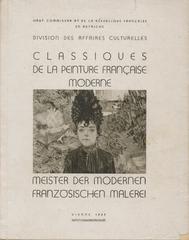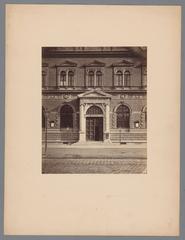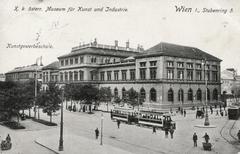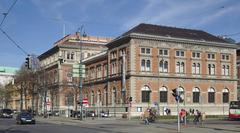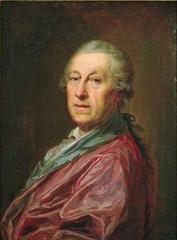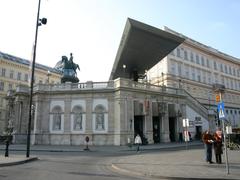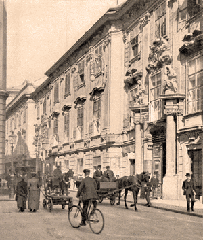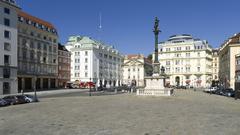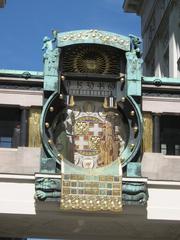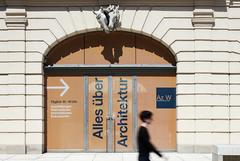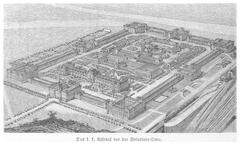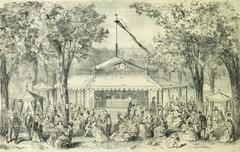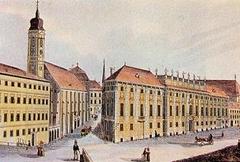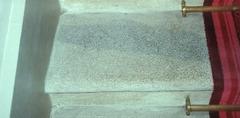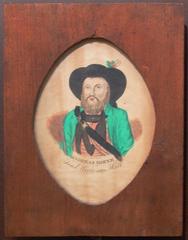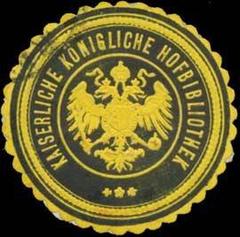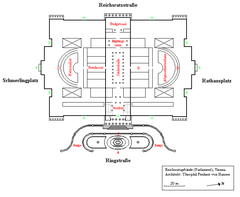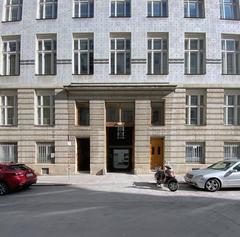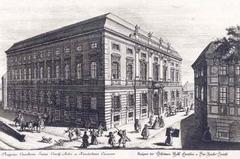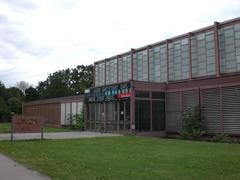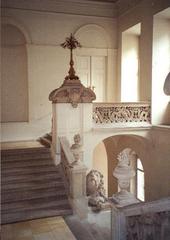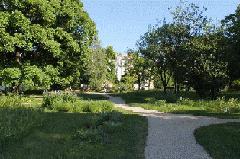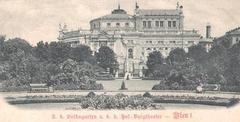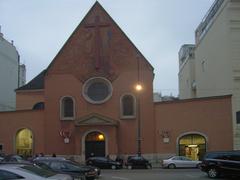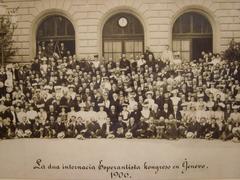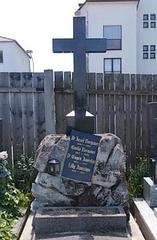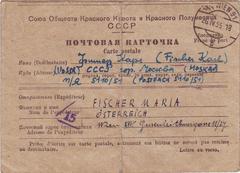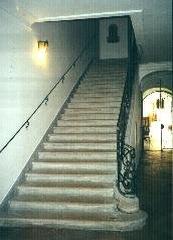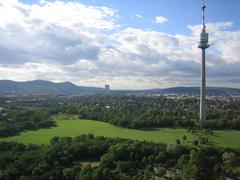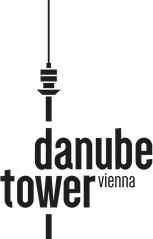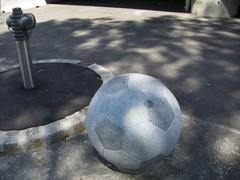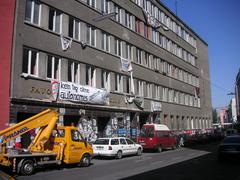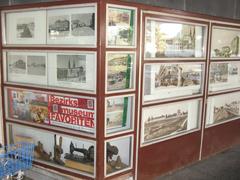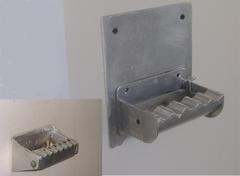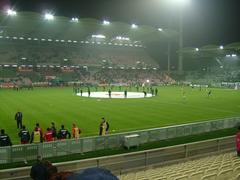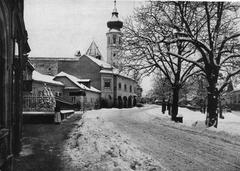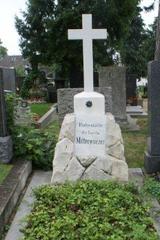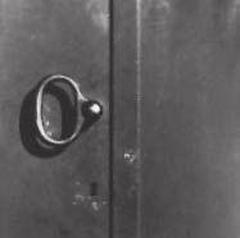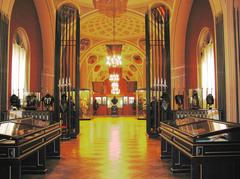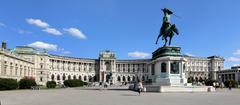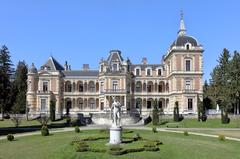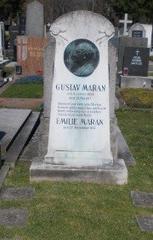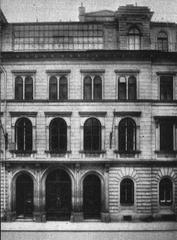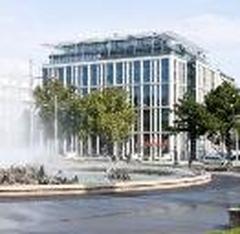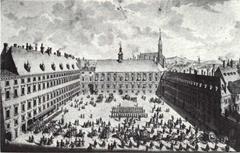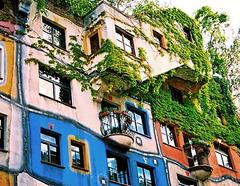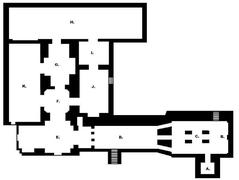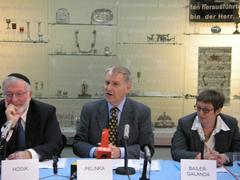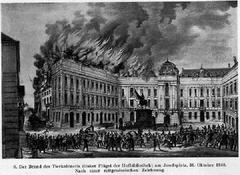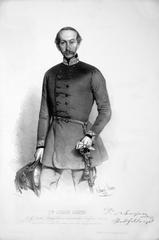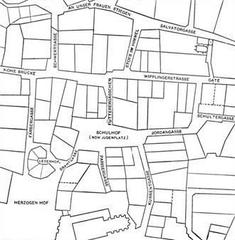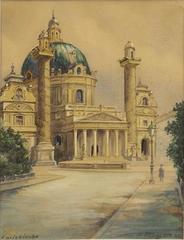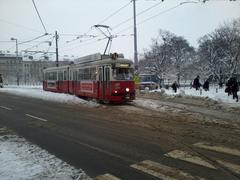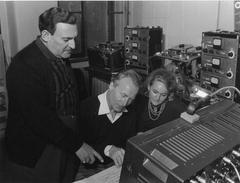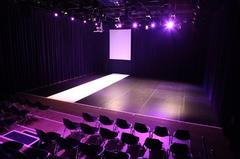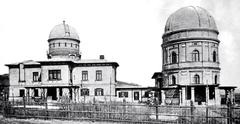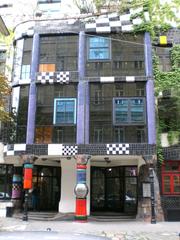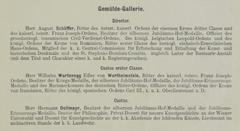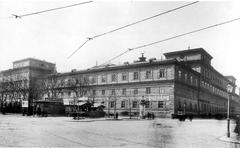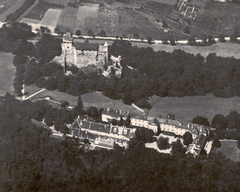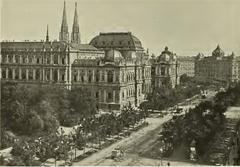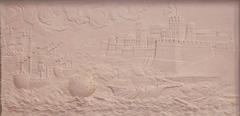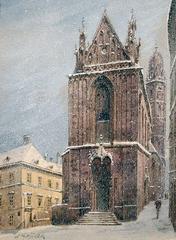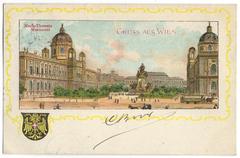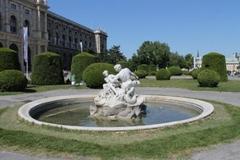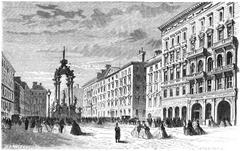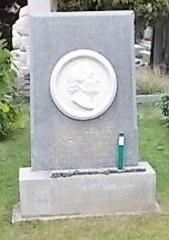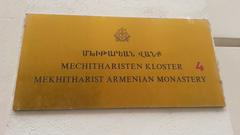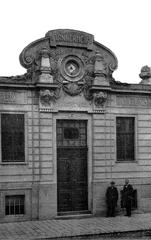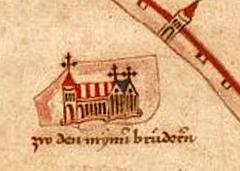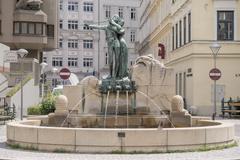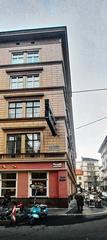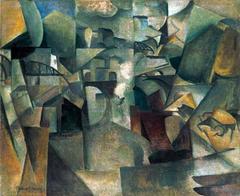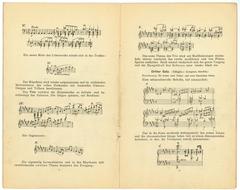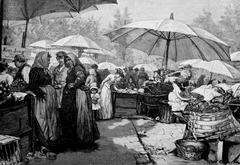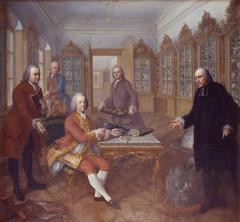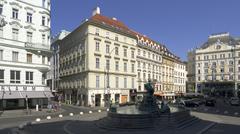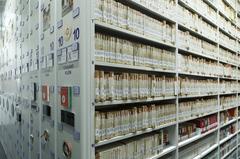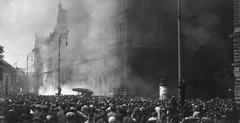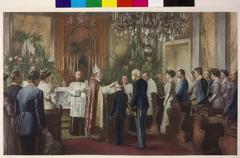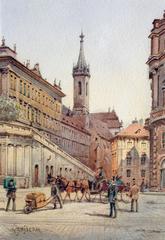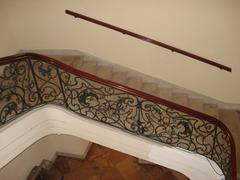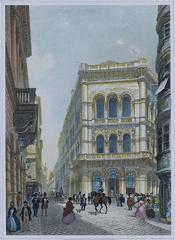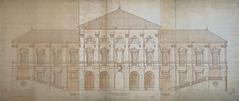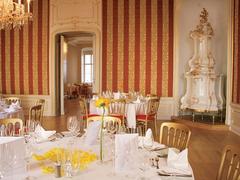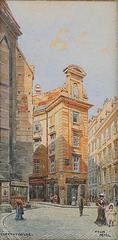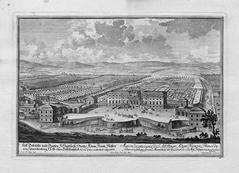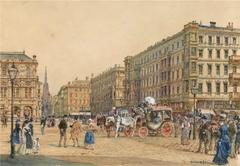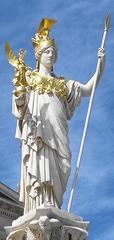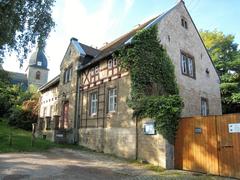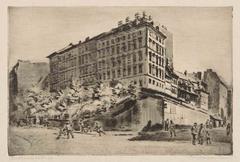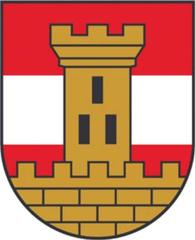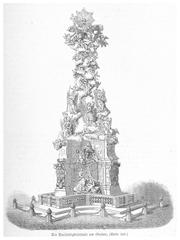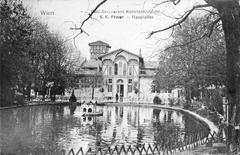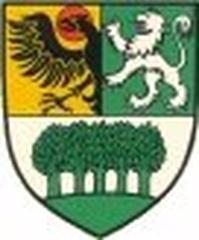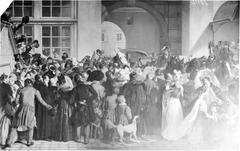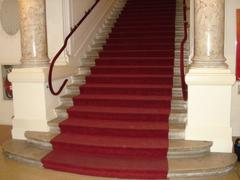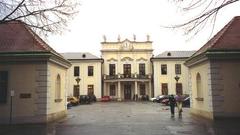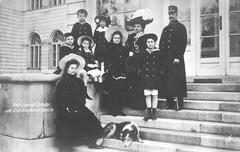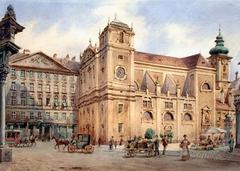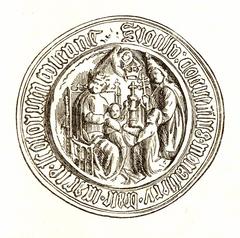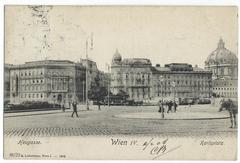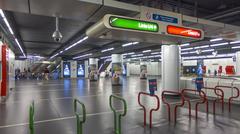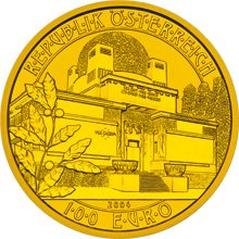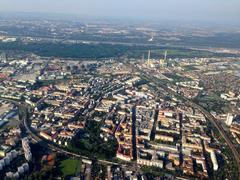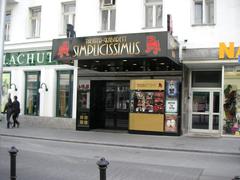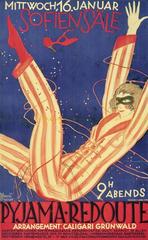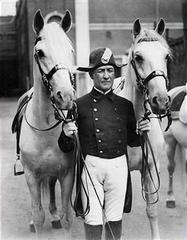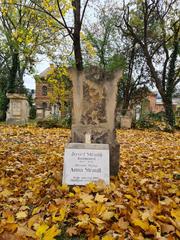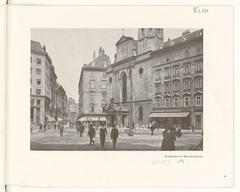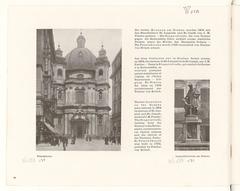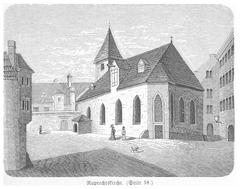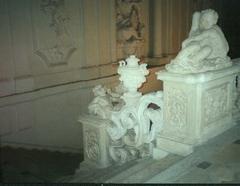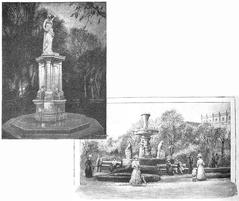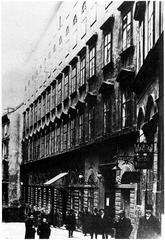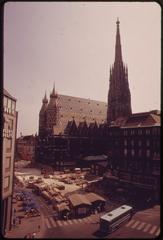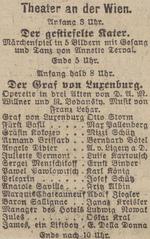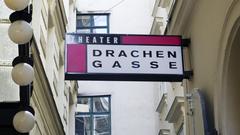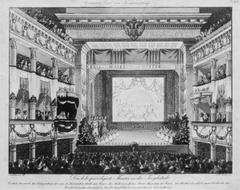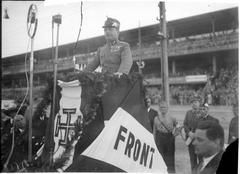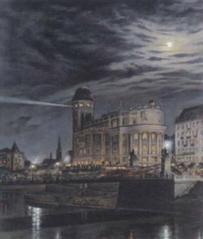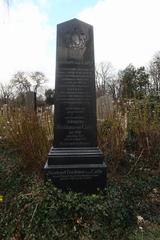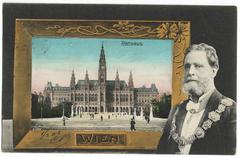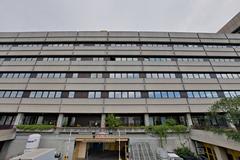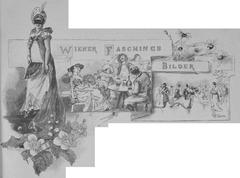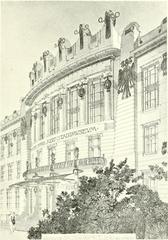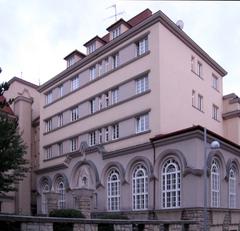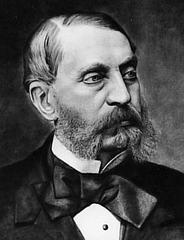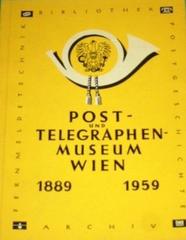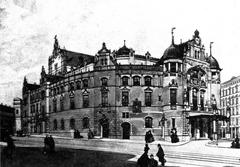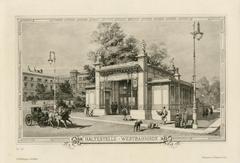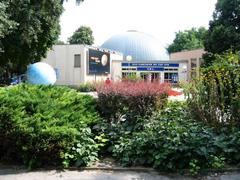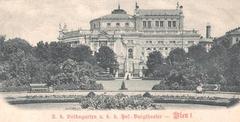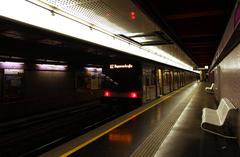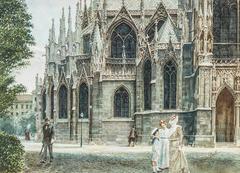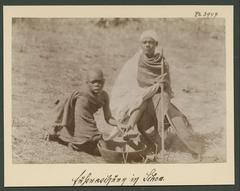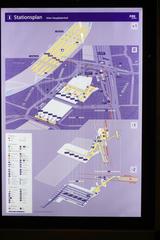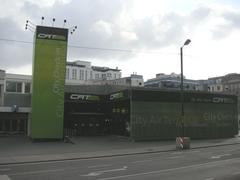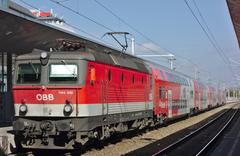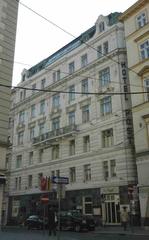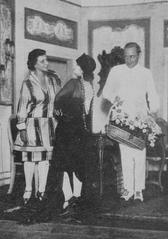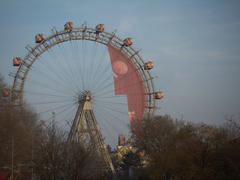
Comprehensive Guide to Visiting the Museum of Applied Arts Vienna, Austria
Date: 18/07/2024
Introduction
Nestled in the vibrant heart of Vienna, Austria, the Museum of Applied Arts (MAK) is a beacon for enthusiasts of art, design, and culture. Since its inception in 1863, the MAK has been a cornerstone of Vienna’s cultural landscape, evolving into a dynamic institution that bridges the gap between historical and contemporary applied arts. The museum’s foundation was part of a broader 19th-century European movement aimed at educating the public and promoting the applied arts, inspired by the Great Exhibition of 1851 in London (MAK History). The MAK’s original building, an architectural marvel designed by Heinrich von Ferstel, stands as a testament to the historicist style of the era, blending Renaissance and Gothic elements to create a visually striking structure (MAK Architecture). Over the years, the MAK has amassed an extensive collection that includes furniture, textiles, glass, ceramics, and metalwork, with notable holdings from the Wiener Werkstätte, a collective of early 20th-century artists and designers. In addition to its permanent collections, the museum hosts an array of temporary exhibitions that highlight contemporary design and applied arts, ensuring its relevance in today’s ever-evolving artistic landscape. This guide offers a comprehensive overview of the MAK’s history, collections, visitor information, and more, providing everything you need to know for a memorable visit to this iconic institution.
Table of Contents
- Introduction
- History of the Museum
- Collections and Exhibitions
- Visitor Information
- Educational and Public Programs
- Digital Initiatives
- Significance and Legacy
- Nearby Attractions
- Conclusion
- FAQ
History of the Museum
The Museum of Applied Arts (MAK) in Vienna, Austria, was founded in 1863 as the Imperial Royal Austrian Museum of Art and Industry. The establishment of the museum was part of a broader movement in Europe during the 19th century to create institutions that would educate the public and promote the applied arts. The museum was modeled after the South Kensington Museum (now the Victoria and Albert Museum) in London, which had been founded a decade earlier. The MAK was intended to serve as a repository of exemplary works of art and design, providing inspiration and education to artists, craftsmen, and the general public.
Architectural Development
The MAK’s original building, designed by Heinrich von Ferstel, was completed in 1871. Ferstel was a prominent Austrian architect known for his work on the Votive Church in Vienna. The museum’s design reflects the historicist architectural style, which was popular in the 19th century and sought to revive and reinterpret historical architectural forms. The building’s façade features a combination of Renaissance and Gothic elements, creating a visually striking and historically resonant structure.
Collections and Exhibitions
Permanent Collections
Vienna 1900
The “Vienna 1900” collection is a highlight of the MAK, showcasing the artistic and cultural vibrancy of Vienna at the turn of the 20th century. This period was marked by the emergence of the Vienna Secession, a movement that sought to break away from traditional artistic norms. The collection includes works by prominent artists such as Gustav Klimt, Koloman Moser, and Josef Hoffmann. Visitors can explore a variety of mediums, including furniture, textiles, and graphic design, reflecting the innovative spirit of the era (MAK Vienna 1900).
Asia Collection
The Asia Collection at the MAK is one of the most comprehensive in Europe, featuring artifacts from China, Japan, Korea, and other Asian cultures. This collection spans several centuries and includes ceramics, textiles, lacquerware, and metalwork. Highlights include exquisite Chinese porcelain, Japanese ukiyo-e prints, and intricate Korean celadon. The collection provides a deep insight into the artistic traditions and cultural exchanges between Asia and Europe (MAK Asia Collection).
Contemporary Art Collection
The MAK’s Contemporary Art Collection focuses on the intersection of applied arts and contemporary artistic practices. This collection includes works by contemporary artists who engage with themes such as design, architecture, and digital media. Notable pieces include installations, video art, and experimental design objects. The collection is continually updated to reflect current trends and innovations in the art world (MAK Contemporary Art).
Special Exhibitions
Design Lab
The “Design Lab” is an ongoing exhibition series that explores the role of design in contemporary society. Each iteration of the Design Lab focuses on a specific theme, such as sustainability, digital innovation, or social impact. The exhibition features works by designers, architects, and artists who are pushing the boundaries of traditional design practices. Interactive installations and multimedia presentations make the Design Lab a dynamic and engaging experience for visitors (MAK Design Lab).
MAK NITE Lab
The “MAK NITE Lab” is a unique exhibition format that takes place in the evening, combining art, music, and performance. This series aims to create a multidisciplinary platform where artists from different fields can collaborate and experiment. Each event features a mix of visual art, live music, and performance art, offering visitors a vibrant and immersive experience. The MAK NITE Lab is particularly popular among younger audiences and those interested in contemporary cultural trends (MAK NITE Lab).
Temporary Exhibitions
The Future of Living
“The Future of Living” is a temporary exhibition that explores how design and technology are shaping the way we live. The exhibition features innovative projects and prototypes that address issues such as urbanization, sustainability, and smart living. Highlights include smart home technologies, sustainable building materials, and futuristic furniture designs. The exhibition aims to provoke thought and inspire visitors to consider the future of their own living environments (MAK Future of Living).
Textiles and Fashion
This temporary exhibition delves into the world of textiles and fashion, showcasing historical garments, contemporary fashion designs, and innovative textile technologies. The exhibition traces the evolution of fashion from traditional craftsmanship to modern-day haute couture. Visitors can see works by renowned fashion designers, as well as experimental pieces that challenge conventional notions of clothing and fabric (MAK Textiles and Fashion).
Visitor Information
Tickets and Opening Hours
- Opening Hours: The MAK is open Tuesday to Sunday from 10 AM to 6 PM, and on Tuesday evenings until 9 PM. The museum is closed on Mondays.
- Ticket Prices: General admission tickets cost €12, with discounts available for students, seniors, and groups. Children under 19 years of age can enter for free.
Travel Tips
- How to Get There: The MAK is centrally located and easily accessible by public transport. The closest U-Bahn (subway) station is Stubentor (U3 line). Several tram lines and buses also stop nearby.
- Best Times to Visit: To avoid crowds, consider visiting the museum on weekday mornings or late afternoons.
Accessibility
The MAK is fully accessible to visitors with disabilities, with ramps, elevators, and accessible restrooms available throughout the museum (MAK Accessibility).
Educational and Public Programs
Guided Tours
The MAK offers a variety of guided tours that cater to different interests and age groups. These tours provide in-depth insights into the museum’s collections and exhibitions, led by knowledgeable guides. There are also specialized tours available, such as architectural tours of the museum building itself, which is a masterpiece of 19th-century architecture (MAK Guided Tours).
Educational Programs
The museum has a robust educational program that includes workshops, lectures, and hands-on activities for visitors of all ages. These programs are designed to enhance the visitor experience by providing additional context and interactive learning opportunities. Topics range from traditional crafts to contemporary design practices (MAK Educational Programs).
Digital Initiatives
In recent years, the MAK has embraced digital technologies to enhance its offerings and reach a broader audience. The museum’s website (MAK Vienna) provides access to a wealth of information about its collections, exhibitions, and programs. The MAK also offers virtual tours and online exhibitions, allowing visitors to explore the museum’s holdings from anywhere in the world. These digital initiatives have become increasingly important in the wake of the COVID-19 pandemic, which has necessitated new ways of engaging with audiences remotely.
Significance and Legacy
The MAK’s significance lies in its dual role as a repository of historical applied arts and a dynamic institution that engages with contemporary design and culture. The museum’s collections provide a comprehensive overview of the development of the applied arts in Austria and beyond, while its exhibitions and programs highlight the ongoing relevance of design in shaping our world.
The MAK’s legacy is also reflected in its influence on the field of design education. The museum has long been associated with the University of Applied Arts Vienna, one of Austria’s leading institutions for art and design education. This relationship has fostered a productive exchange of ideas and resources, benefiting both the museum and the university.
Nearby Attractions
- St. Stephen’s Cathedral: A short walk from the MAK, this iconic Gothic cathedral is a must-see.
- Albertina Museum: Another renowned museum in Vienna, featuring an impressive collection of graphic art.
- Vienna State Opera: For those interested in performing arts, the State Opera offers world-class opera and ballet performances.
Conclusion
The Museum of Applied Arts (MAK) in Vienna stands as a distinguished institution that not only preserves the rich history of applied arts but also actively engages with contemporary design and cultural discourse. Its extensive collections, which span from the Middle Ages to the present day, offer a profound insight into the evolution of art and design, reflecting the dynamic interplay between tradition and innovation. The MAK’s commitment to education is evident through its diverse range of programs, workshops, and guided tours, designed to enhance visitors’ understanding and appreciation of the applied arts. The museum’s digital initiatives, including virtual tours and online exhibitions, have broadened its reach, making its treasures accessible to a global audience (MAK Education). As a nexus of historical and contemporary relevance, the MAK continues to inspire and educate, fostering a deep appreciation for the applied arts and their impact on society. Whether you are a seasoned art aficionado or a curious newcomer, a visit to the MAK promises a rich and engaging experience that celebrates the enduring legacy and future potential of applied arts.
To stay updated with the latest exhibitions and events, follow the MAK on social media or download their mobile app (MAK Visit).
FAQ
- What are the Museum of Applied Arts’ opening hours? The MAK is open Tuesday to Sunday from 10 AM to 6 PM, and on Tuesday evenings until 9 PM. The museum is closed on Mondays.
- How much are tickets to the Museum of Applied Arts? General admission tickets cost €12, with discounts available for students, seniors, and groups. Children under 19 years of age can enter for free.
- Is the Museum of Applied Arts accessible? Yes, the MAK is fully accessible to visitors with disabilities, with ramps, elevators, and accessible restrooms available throughout the museum.
References
- Complete Guide to the Museum of Applied Arts (MAK) - History, Tickets, and Visiting Hours, 2024, Author (source)
- Exploring the MAK Museum in Vienna - History, Tickets, and Visiting Hours, 2024, Author (source)
- Exploring the Museum of Applied Arts, Vienna - Collections, Exhibitions, and Visitor Information, 2024, Author (source)

